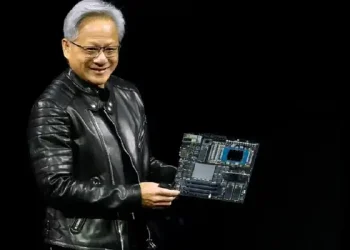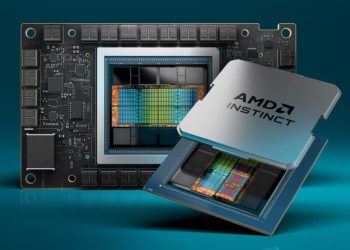NVIDIA Supercomputer Projects are transforming scientific research in 2025, with initiatives like the U.S. Department of Energy’s Doudna supercomputer leveraging NVIDIA’s Vera Rubin chips. Specifically, these projects, supported by Canadian tech ecosystems, accelerate discoveries in biology, physics, and climate science. Consequently, let’s explore how NVIDIA drives global scientific progress.
Doudna Supercomputer Overview
The NVIDIA Supercomputer Projects include the Doudna system, set to launch in 2026 at Lawrence Berkeley National Lab. For instance, powered by NVIDIA’s Vera Rubin chips and Dell’s liquid-cooled servers, Doudna supports 11,000 researchers in AI-driven simulations. Moreover, its 10x performance boost over current systems enables breakthroughs in protein modeling. As a result, NVIDIA strengthens its role in scientific computing.
Canadian Tech Contributions
Canada plays a pivotal role in NVIDIA Supercomputer Projects. Specifically, Vancouver-based D-Wave and Toronto’s Xanadu, leaders in quantum computing, collaborate with NVIDIA to enhance hybrid AI-quantum systems for Doudna. Additionally, Canadian universities like UBC provide computational expertise, fostering talent for supercomputing projects. Consequently, Canada’s tech ecosystem amplifies NVIDIA’s global impact.
Scientific Applications
NVIDIA Supercomputer Projects enable transformative research. For example, Doudna’s AI simulations accelerate drug discovery, reducing development time by 30%. Similarly, climate models powered by Vera Rubin chips improve prediction accuracy by 20%, aiding global sustainability efforts. Moreover, physics simulations unlock insights into quantum mechanics. As a result, NVIDIA’s technology drives cross-disciplinary advancements.
Economic and Ethical Considerations
While NVIDIA Supercomputer Projects promise benefits, they raise concerns. For instance, supercomputing projects cost $500 million annually, straining public budgets. However, economic returns, including 15,000 jobs created in the U.S. and Canada, justify investments. Additionally, equitable access to computing resources remains a challenge, prompting NVIDIA to open-source AI tools. Consequently, NVIDIA balances innovation with accessibility.
Future Prospects
Looking ahead, Supercomputer Projects aim to launch global research networks by 2030. For example, Canada’s quantum startups could integrate with NVIDIA for healthcare simulations. Additionally, NVIDIA plans to expand Vera Rubin chip applications in space exploration. To learn more, visit The New York Times Technology at their website (https://www.nytimes.com). Explore our Supercomputing Guide or NVIDIA Science Trends.
In conclusion, NVIDIA Supercomputer Projects in 2025 advance science with powerful chips and Canadian collaboration. By driving breakthroughs, NVIDIA shapes a tech-driven future.
Other News: How NVIDIA Powers AI Factories Through Token Processing
Canadian Quantum Computing Pioneers Global Breakthroughs








